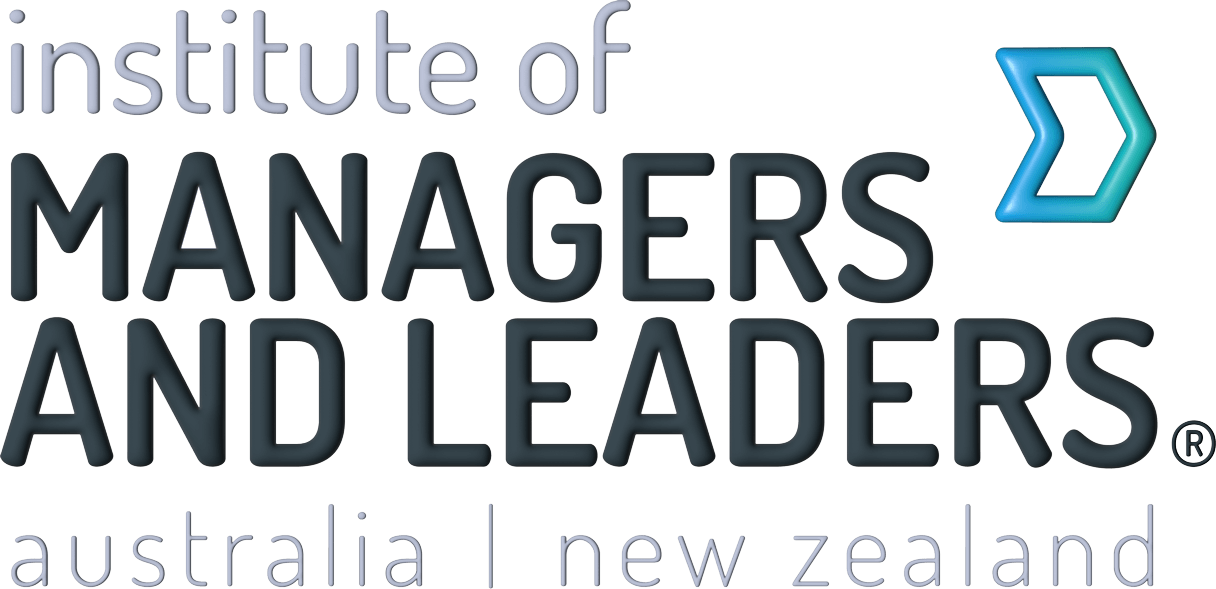The Surf Life Saving Foundation has the charter of raising funds to enable the operations of Surf Live Saving Australia. Originally a state-based organisation, SLSF became a national body in 2010. In 2013 the Foundation was integrated into Surf Life Saving Australia to become a single national entity.
The two organisations combined to create a workforce of around 90 staff who deliver a diverse range of services from data operators and customer service teams, to safety compliance and service delivery.
This change has been led at the Foundation by Steve Francia, a Member of the Australian Institute of Management. Steve joined us to share the journey and his personal learnings of leading change in one of Australia’s iconic organisations.
“We never take a step back from the single focus of saving lives and creating great Australians.”
We never take a step back from the single focus of saving lives and creating great Australians.
Change always has challenges
Change always has challenge. You need a clear idea of the environment and the capacity of the organisation to accept change. SLSF have been developing an internal culture that understands that we must grow to deliver more services, and so things must change.
Prepare yourself as a leader
You have to sit back and have a good hard look at yourself and make sure you are in line with the change and you are very prepared and able to do the change.
Do a lot of research on the principles of change management. It reinforces the things you need to consider. Map that back to the organisation itself.
The executive team also need to go through that process. They need to reflect and prepare individually and collectively to share a single vision: a rationale and purpose for change. It needs to be able to be truly adopted to make any change.
A culture of change
We have a clear idea that we must we must grow as an organisation, so we must accept change. We have developed an internal culture that acknowledges that things just keep moving. We don’t stand still. This culture assisted us to implement a number of changes.
You can’t do it on your own
As a leader of change I have found out that you can’t do it on your own. There needs to be change drivers and effecters all the way through the organisation.
Identify drivers of change
You can’t do it on your own. The key people in driving change are the middle managers. They are the go-to point for staff, they will verify that the executives are genuine and telling the truth. They are the ones that know what the water cooler and coffee machine talk is. They will impart most influence in a practical sense and know how to communicate more directly and individually to each of the employees and employee groups. It is vital that they fully embrace the change and the change plan.
Not all managers are cut out for change. It is a process to develop and mentor individual managers.
Middle managers are the ones that make and break an organisation, at any time, even when your focus is stability. Middle managers determine staff operations and staff value and input. At The Surf Life Saving Foundation we are fortunate to have middle managers that understand the culture to continually grow.
Staff are not robots
Significant change makes you sit back and re-evaluate internal processes and how you can better those processes. Outputs are one aspect, but internally the change reinforced that all staff members, in all roles are respected and dealt with as people and not just as numbers. Our staff are not robots. They are human and they are real.
All change affects everyone differently. You have to have empathy and communicate honestly and transparently, and be prepared to have those difficult conversations. It reinforced our values and our culture.
We spent a lot of time listening to the views of the team, and we instigated processes that let them know the organisation valued them as workers and as individuals. One of our highlights has been to see staff become involved and have a huge effect on the staff around them.
We had our staff revisit our organisational values and they collectively established a new set of staff-led behaviours. The staff own those behaviours. They are all about investing in our people, having confidence in actions, being driven to achieve results, and most importantly, that they are stronger together as a team. With staff having ownership it enables change to occur, and the staff to drive that change themselves.
Anyone can change structure, tools and technologies, but organisations are driven by people and culture. If you are going to embark on any change you must have the human aspect correct.


